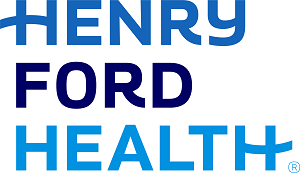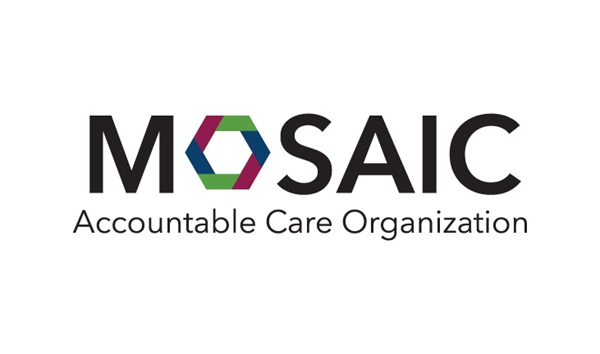Stroke-Fighting Drug Offers Potential Traumatic Brain Injury Treatment
DETROIT – The only drug currently approved for treatment of stroke’s crippling effects shows promise, when administered as a nasal spray, to help heal similar damage in less severe forms of traumatic brain injury.
In the first examination of its kind, researchers Ye Xiong, Ph.D, Zhongwu Liu, Ph.D., and Michael Chopp, Ph.D., Scientific Director of the Henry Ford Neuroscience Institute, found in animal studies that the brain’s limited ability to repair itself after trauma can be enhanced when treated with the drug tPA, or tissue plasminogen activator.
“Using this novel procedure in our earlier stroke studies, we found significant improvement in neurological function,” said Michael Chopp, Ph.D., scientific director of the Henry Ford Neuroscience Institute. “So we essentially repeated the experiment on lab rats with subacute traumatic brain injury, and with similar remarkable results. “As in stroke treated intra-nasally with tPA, our subjects showed greatly improved functional outcome and rewiring of the cortical spinal tract.”
The new study was recently published in the Public Library of Science’s peer-reviewed online journal PLOS ONE.
Commonly called a “clot-buster,” tPA is the only FDA-approved treatment for acute ischemic stroke.
Acute ischemic stroke occurs when oxygen-rich blood flow to the brain is blocked by a clot. Resulting damage to oxygen-starved brain cells can lead to physical impairment, mental disabilities and sometimes death.
In the case of traumatic brain injury, damage is due to a violent blow or other external assault. It has been known for some time that stroke damage can be reduced if tPA is given intravenously within 4.5 hours. But tPA administered through the bloodstream also has potentially harmful side effects, including swelling of the brain and hemorrhage.
More recently, however, Henry Ford researchers found that the effective treatment window could be extended to as much as two weeks for lab rats dosed with tPA in a nasal spray, while avoiding the harmful side effects of intravenous injection.
Although scientists do not yet fully understand how it works, earlier research has shown that drugs administered through the nose directly target both the brain and spinal cord. Traumatic brain injury is a leading cause of death and disability throughout the world.
While the new Henry Ford study offers hope of a drug treatment, so far no effective pharmacological therapy is available. These most recent findings suggest that tPA has the potential to be a noninvasive treatment for subacute traumatic brain injury, helping the brain restore function to damaged cells.
The researchers cautioned that further animal studies will be required to discover the best dose and the best time window for optimal intranasal treatment.
Funding: National Institute of Neurological Disorders and Stroke RO1 NS062002 (YX), and National Institute on Aging RO1 AG037506 (MC).
.svg?iar=0&hash=F6049510E33E4E6D8196C26CCC0A64A4)

/hfh-logo-main--white.svg?iar=0&hash=ED491CBFADFB7670FAE94559C98D7798)






